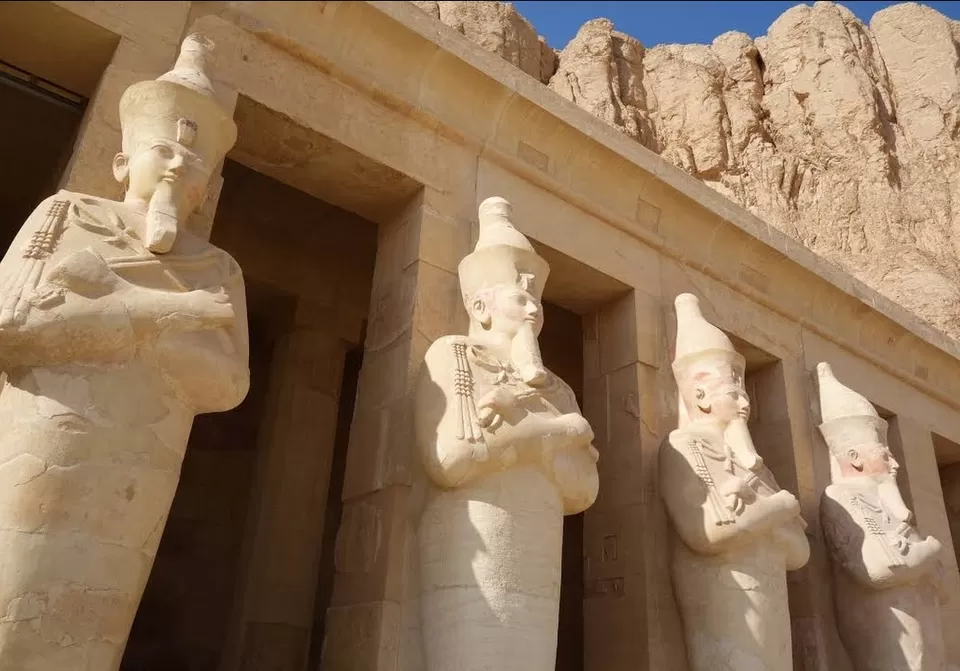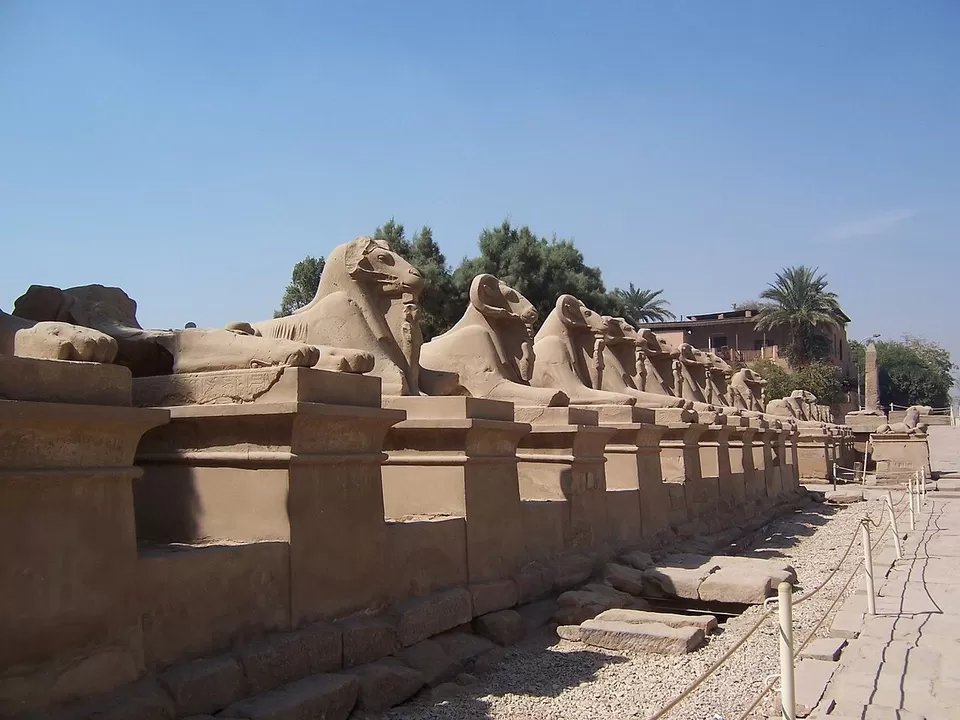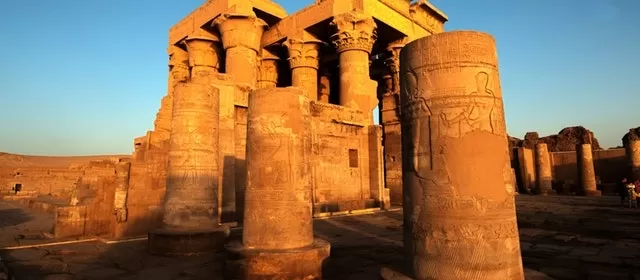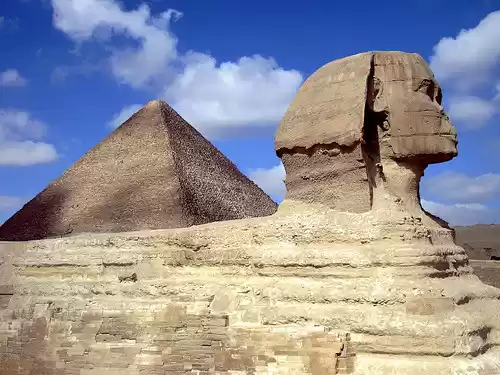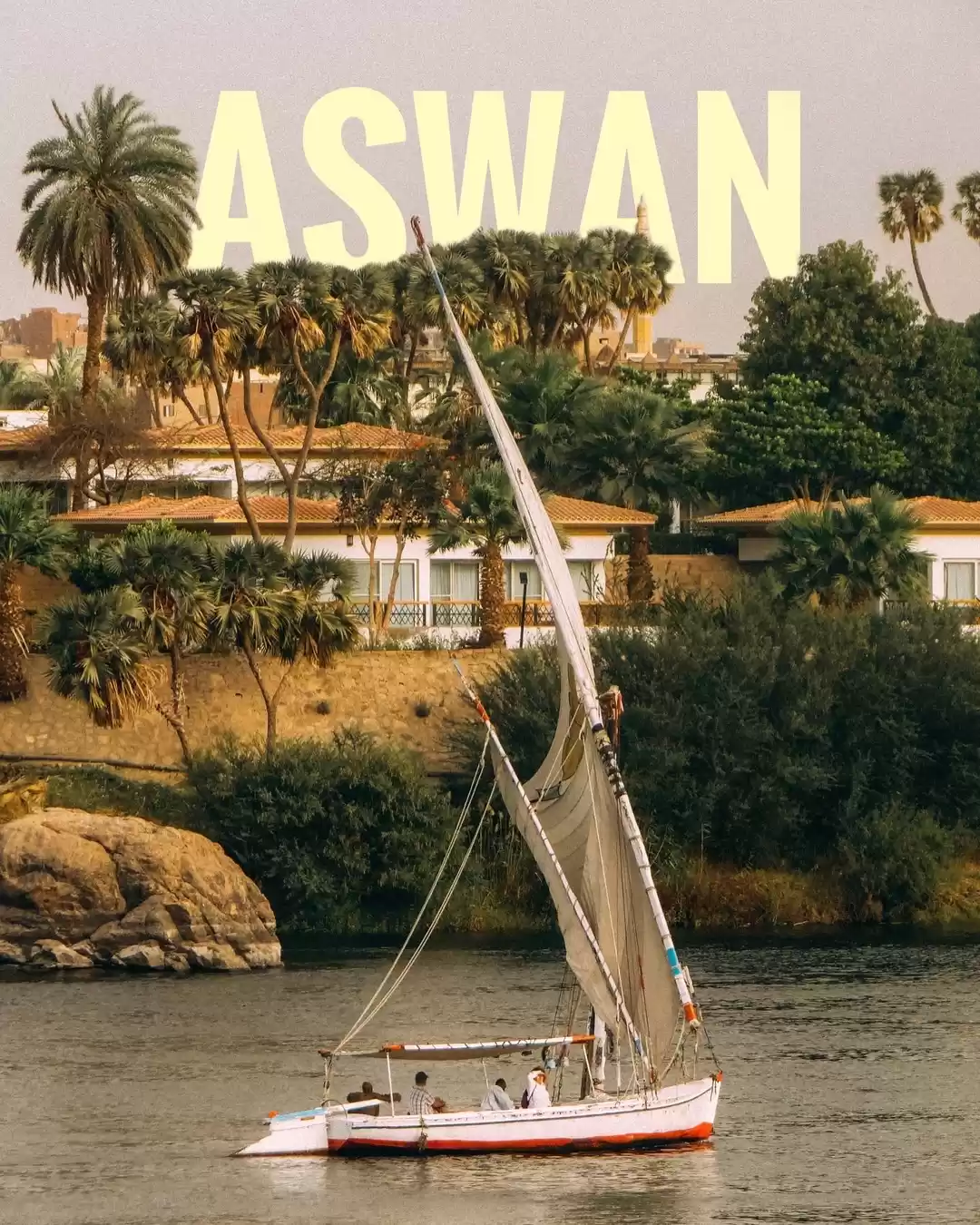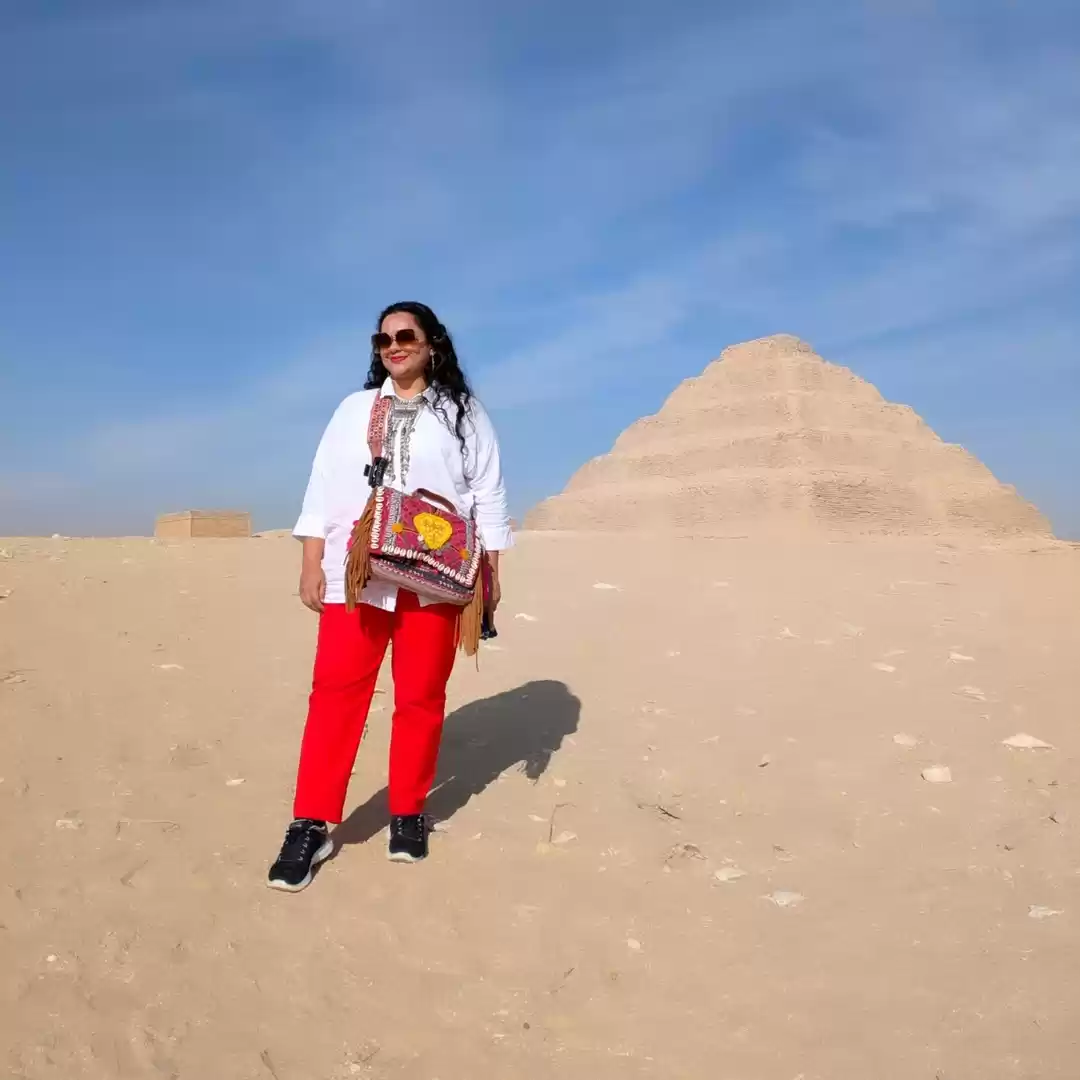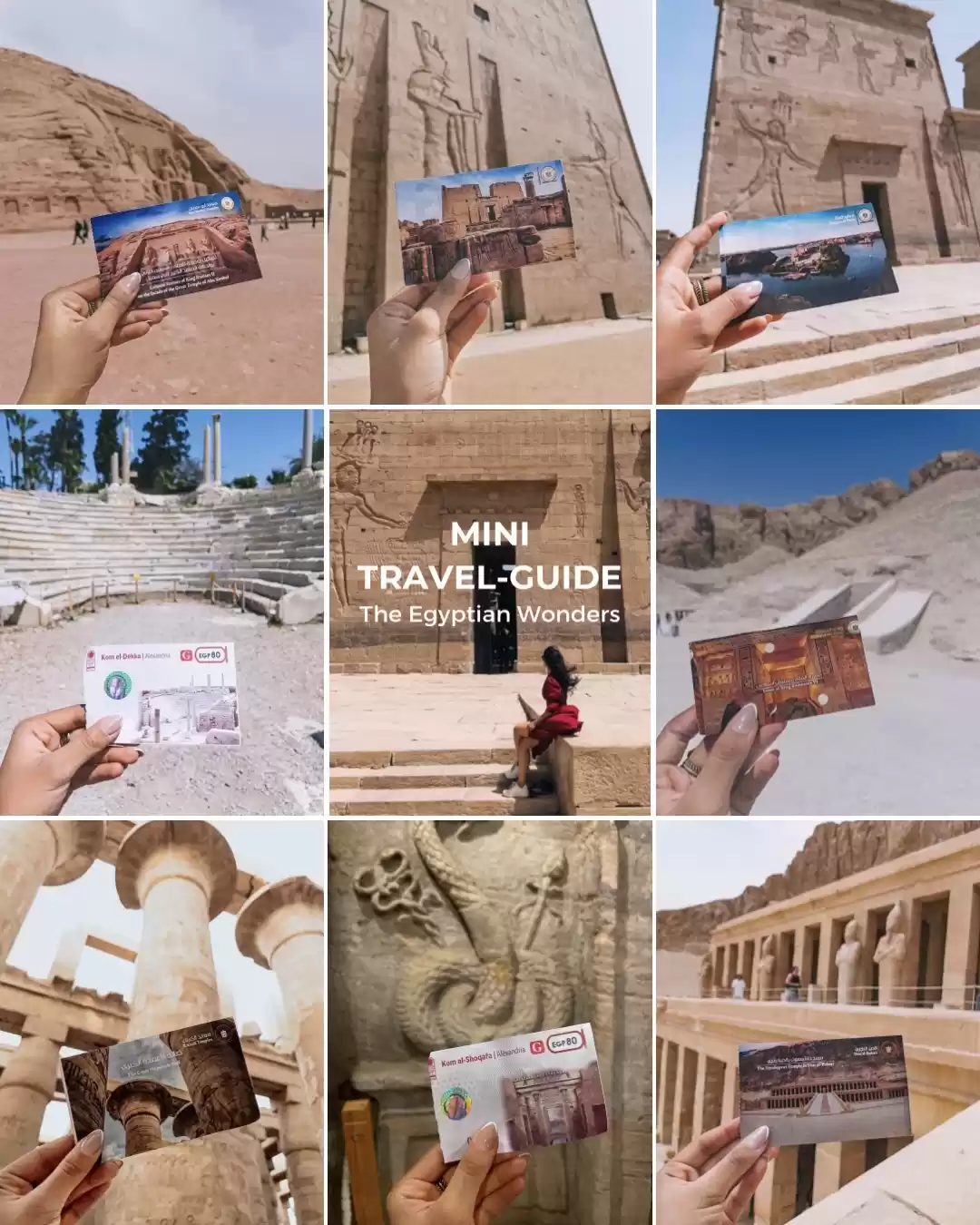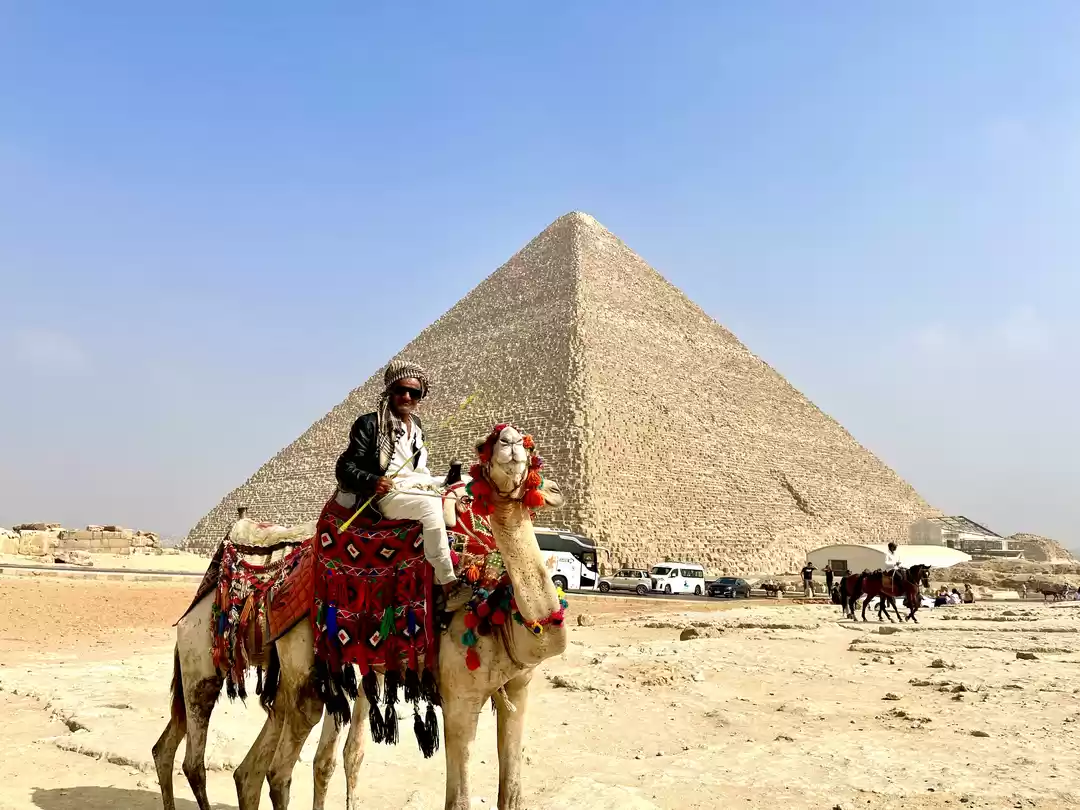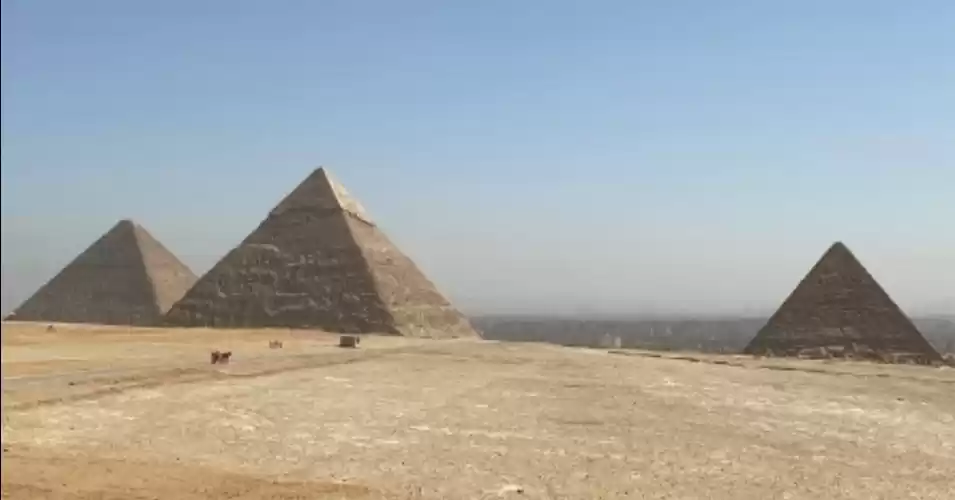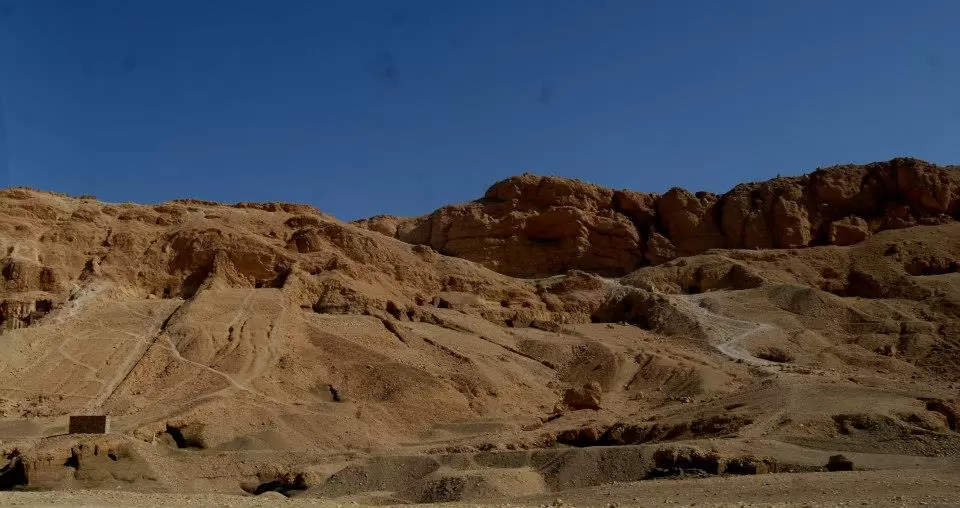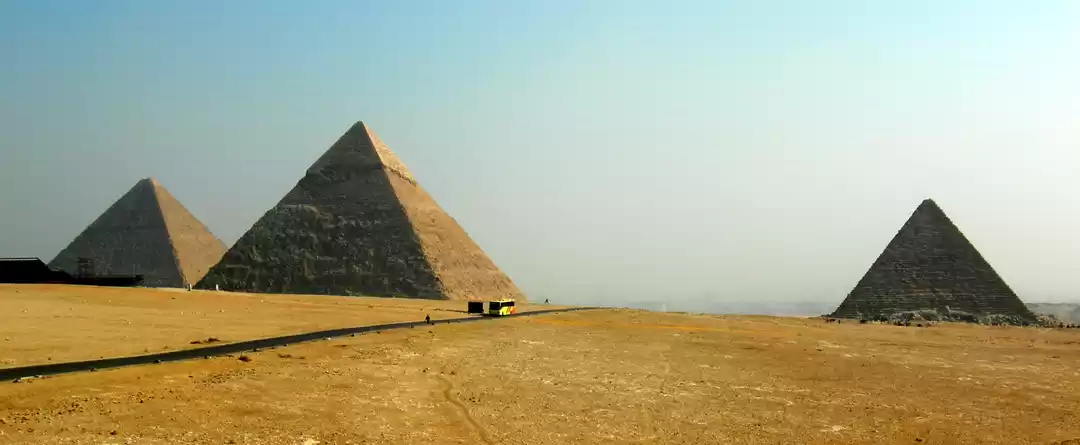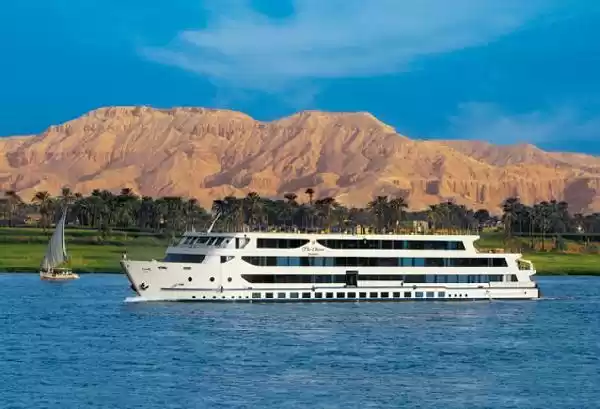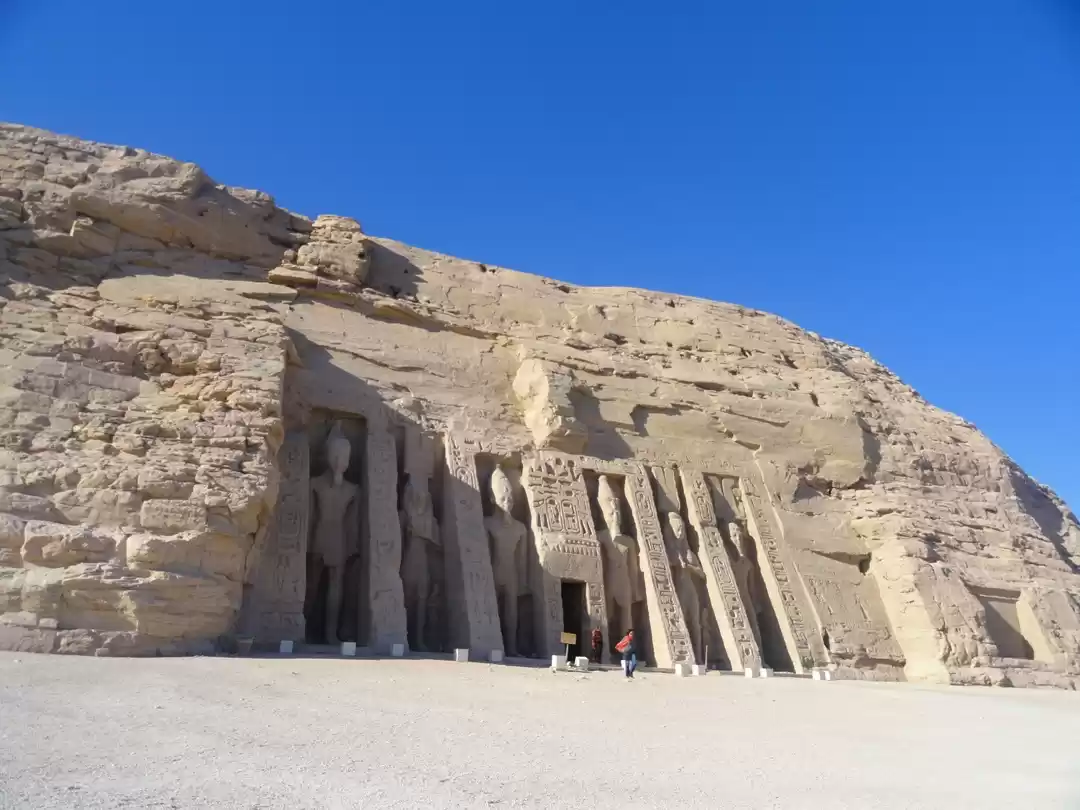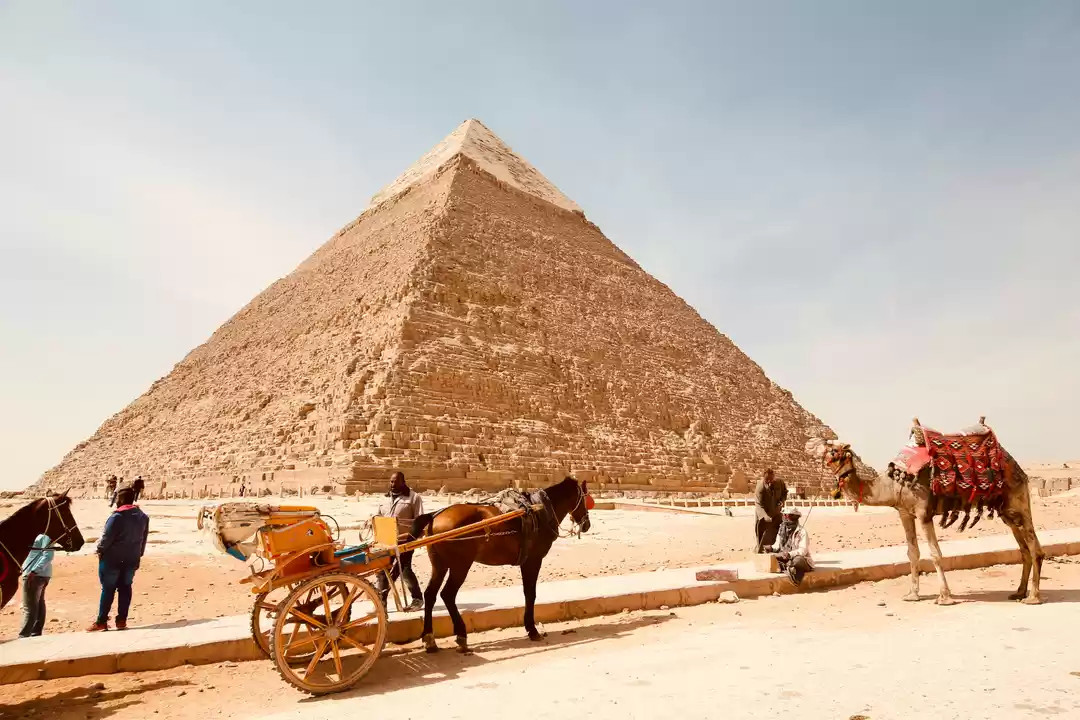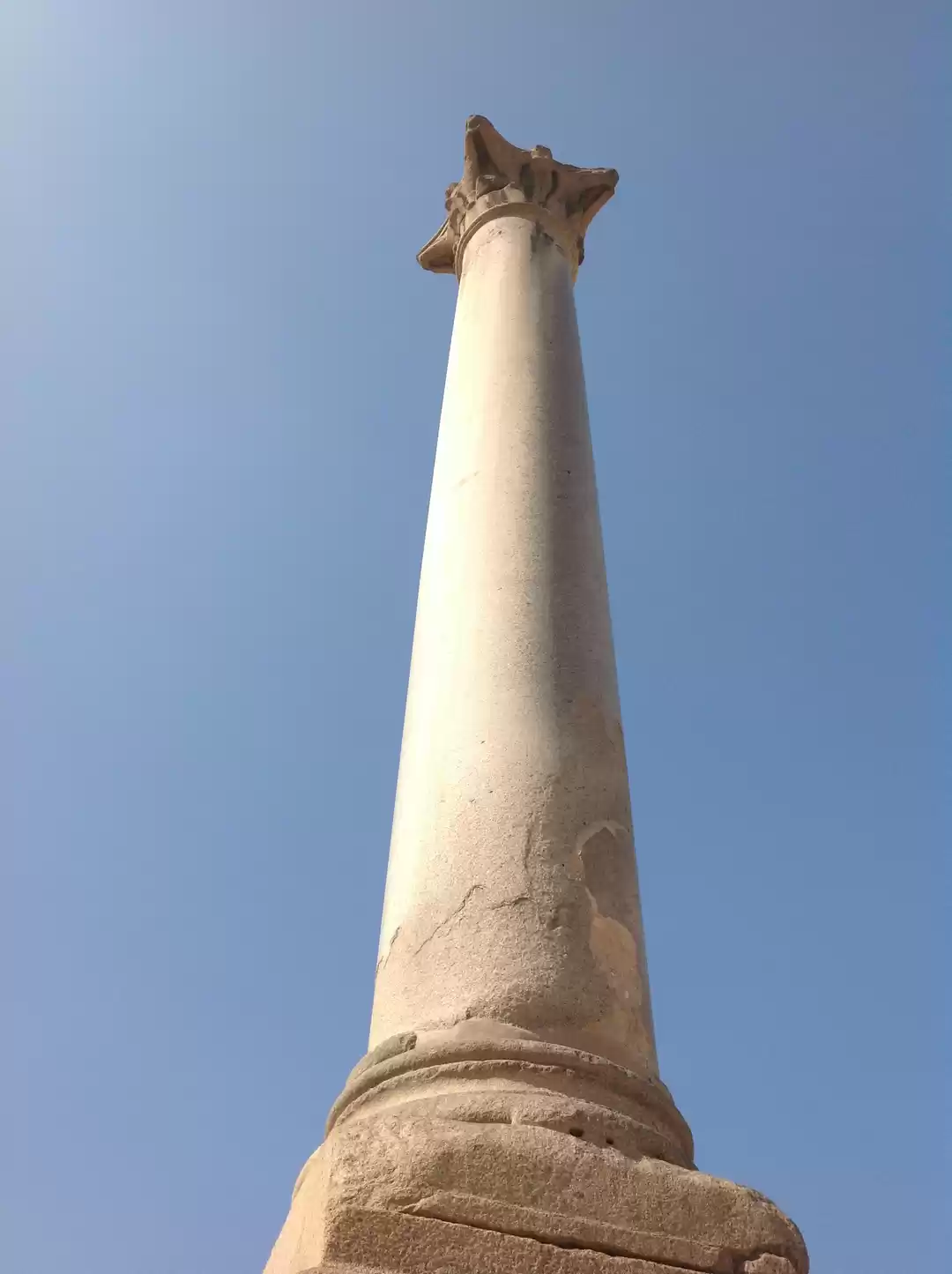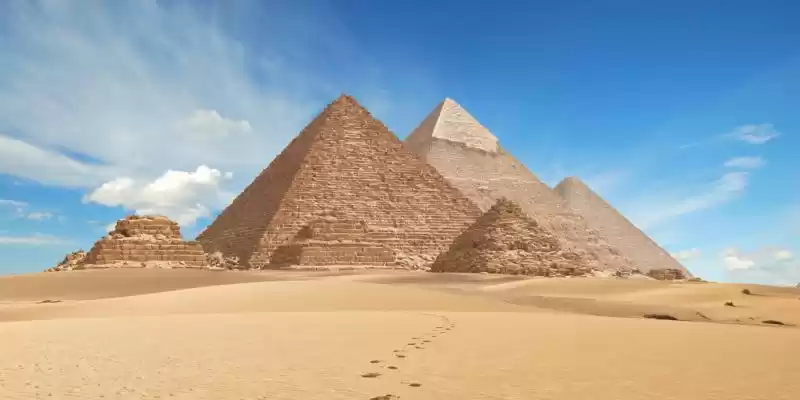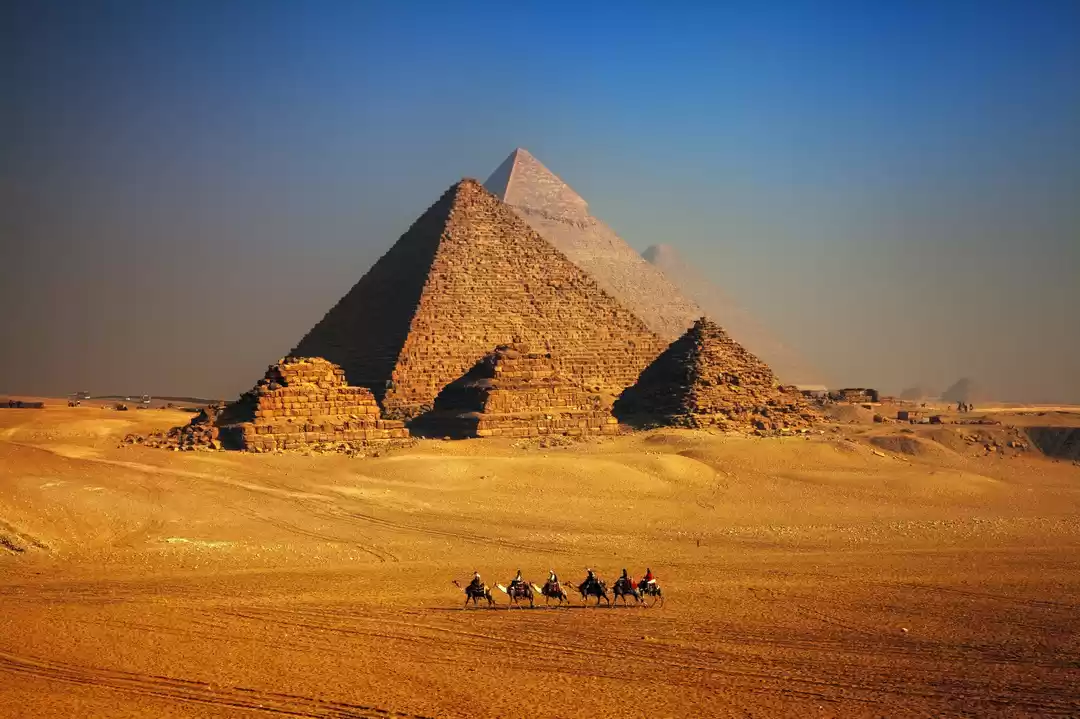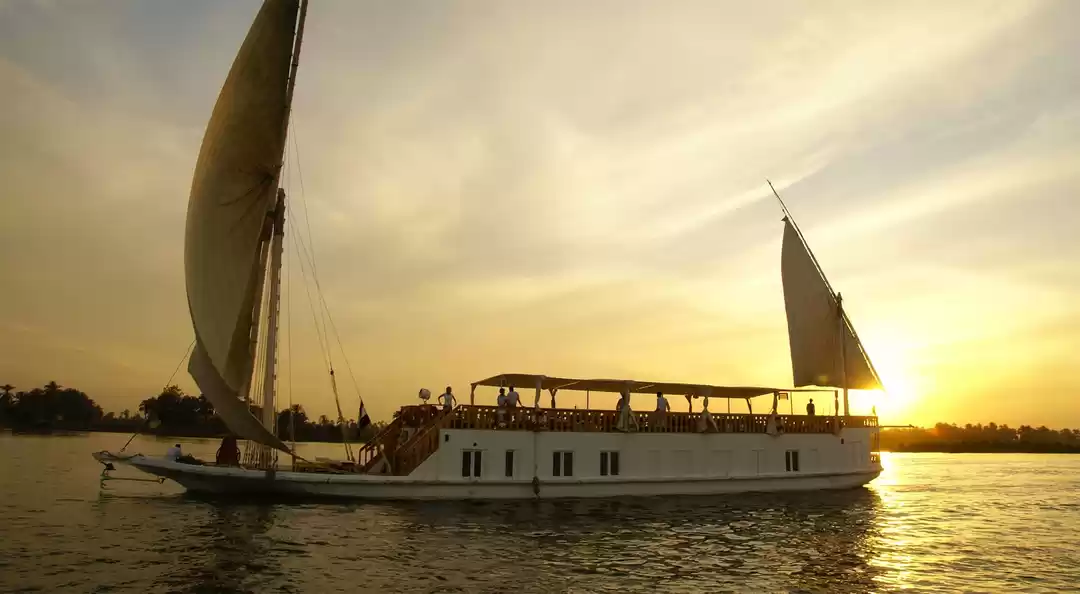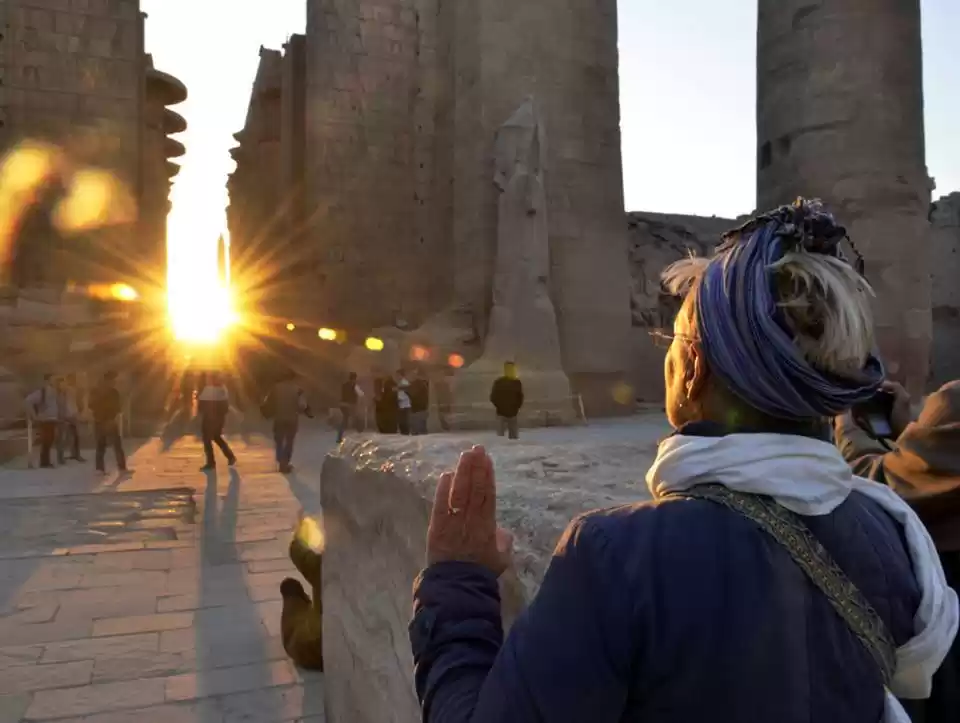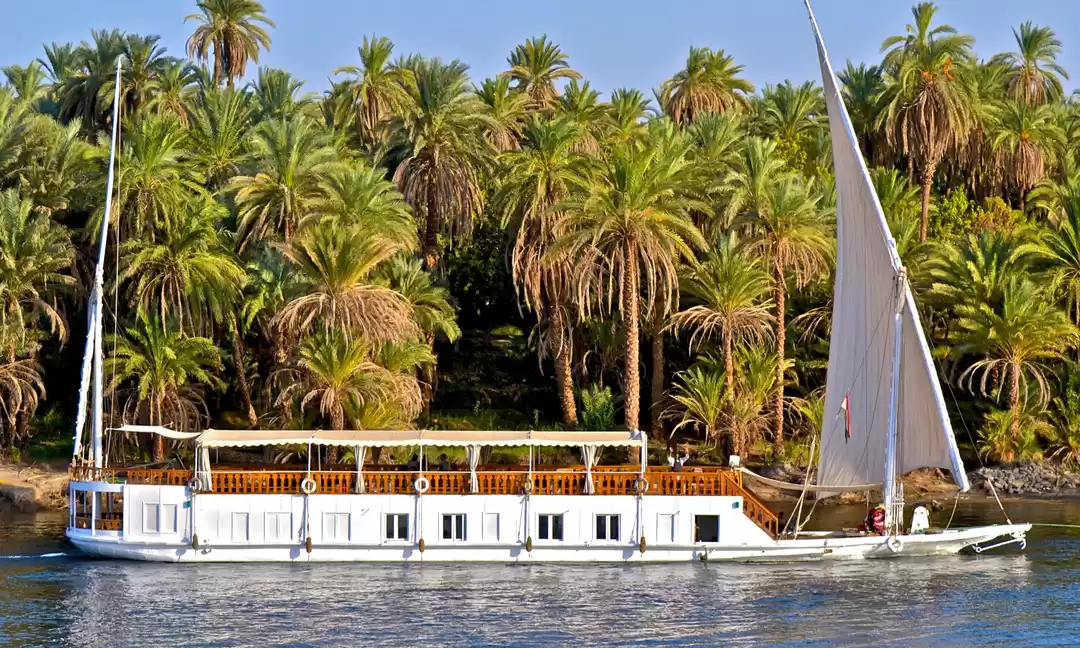Luxor
City in Egypt
Luxor is a city on the east bank of the Nile River in southern Egypt. It's on the site of ancient Thebes, the pharaohs’ capital at the height of their power, during the 16th–11th centuries B.C. Today's city surrounds 2 huge, surviving ancient monuments: graceful Luxor Temple and Karnak Temple, a mile north. The royal tombs of the Valley of the Kings and the Valley of the Queens are on the river’s west bank.
Both east-bank temples have preserved statues, columns, obelisks and hieroglyphics, plus sound-and-light shows at night. The west-bank necropolis includes the tombs of Tutankhamun and Ramses III, which is adorned with colorful 2000-year-old reliefs. The Luxor Museum displays artifacts recovered from many of the tombs, while the Mummification Museum sheds lights on mummification techniques. The Mortuary Temple of Queen Hatshepsut is backed by towering cliffs. Traditional felucca sailing boats, cruise ships and hot-air balloons provide trips on or above the river. Many of the modern hotels and restaurants in Luxor overlook the water.
Karnak Temple Complex
The Karnak Temple Complex, commonly known as Karnak (from Arabic Khurnak meaning "fortified village"), comprises a vast mix of decayed temples, chapels, pylons, and other buildings near Luxor, in Egypt. Construction at the complex began during the reign of Senusret in the Middle Kingdom (around 2000-1700 BC) and continued into the Ptolemaic period (305 - 330 BC), although most of the extant buildings date from the New Kingdom. The area around Karnak was the ancient Egyptian Ipet-isut ("The Most Selected of Places") and the main place of worship of the eighteenth dynasty Theban Triad with the god Amun as its head. It is part of the monumental city of Thebes. The Karnak complex gives its name to the nearby, and partly surrounded, modern village of El-Karnak, 2.5 kilometres (1.6 miles) north of Luxor.
Colossi of Memnon
The Colossi of Memnon (Arabic: el-Colossat or es-Salamat) are two massive stone statues of the Pharaoh Amenhotep III, who reigned in Egypt during the Dynasty XVIII. Since 1350 BC, they have stood in the Theban Necropolis, located west of the River Nile from the modern city of Luxor. The twin statues depict Amenhotep III (fl. 14th century BC) in a seated position, his hands resting on his knees and his gaze facing eastwards (actually ESE in modern bearings) towards the river. Two shorter figures are carved into the front throne alongside his legs: these are his wife Tiye and mother Mutemwiya. The side panels depict the Nile God Hapi.
Temple of Kom Ombo & Crocodile Museum
Standing on a promontory at a bend in the Nile, where in ancient times sacred crocodiles basked in the sun on the riverbank, is the Temple of Kom Ombo, one of the Nile Valley's most beautifully sited temples. Unique in Egypt, it is dedicated to two gods; the local crocodile god Sobek, and Haroeris (from har-wer), meaning Horus the Elder. The temple's twin dedication is reflected in its plan: perfectly symmetrical along the main axis of the temple, there are twin entrances, two linked hypostyle halls with carvings of the two gods on either side, and twin sanctuaries. It is assumed that there were also two priesthoods. The left (western) side of the temple was dedicated to the god Haroeris, and the right (eastern) half to Sobek. Reused blocks suggest an earlier temple from the Middle Kingdom period, but the main temple was built by Ptolemy VI Philometor, and most of its decoration was completed by Cleopatra VII’s father, Ptolemy XII Neos Dionysos. The temple’s spectacular riverside setting has resulted in the erosion of some of its partly Roman forecourt and outer sections, but much of the complex has survived and is very similar in layout to the Ptolemaic temples of Edfu and Dendara, albeit smaller.
